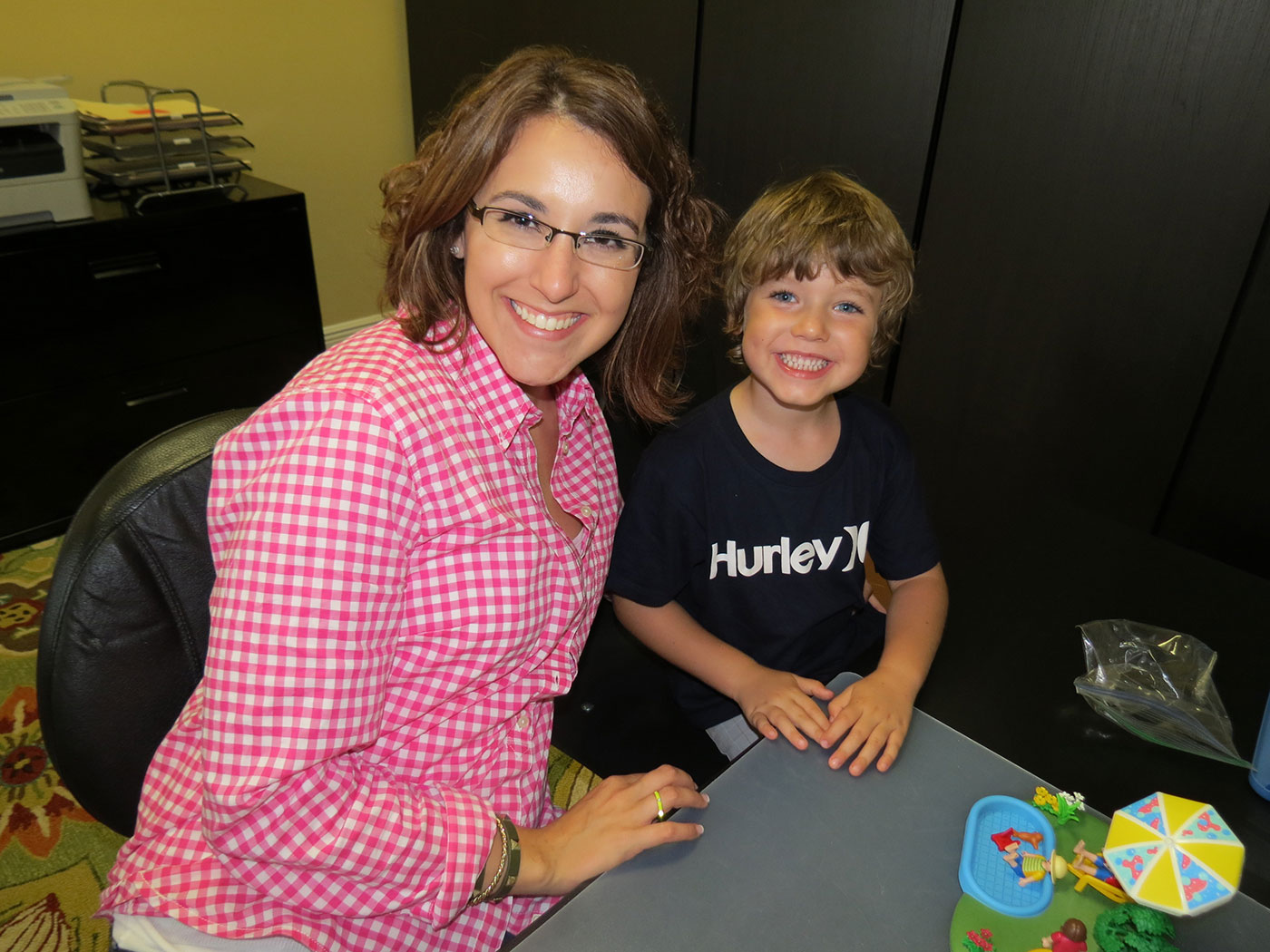Think about a typical conversation with your child – how many times do you ask WH questions (who, what, where, when why)? What are you doing? Who is that? Where are you going? When is your spelling test? Why did you do that? WH questions comprise a majority of our daily conversations. The ability to ask and answer WH questions allows us to engage in conversations and gain information in our everyday lives. Children with language deficits may need direct instruction on the meaning and use of these question forms. As a parent, where should you start?
Research shows there is a hierarchy when understanding and using WH questions. Children learn to answer and ask what, who, and, where questions before when and why. What (things/actions), who (people), and where (places) refer to concrete ideas, whereas when and why questions refer to more abstract concepts and may require inferencing. So how can you support your child and target WH questions at home?
What – What questions refer to things or actions.
- Look at the pictures in books – What is this?
- Talk about what the characters are doing – What is the girl doing?
- Play with toy animals – What does a cat say?
- Talk about the function of objects while cooking – What do you do with a spoon?
- Talk about your child’s day – What did you eat for lunch?
Who – Who questions refer to people.
- Talk about characters in books/TV shows – Who is this?
- Discuss family members in photo albums – Who is this? Who lives at our house?
- Talk about community helpers while playing with action figures or doll houses – Who is your teacher? Who helps put out fires?
Where – Where questions refer to places.



